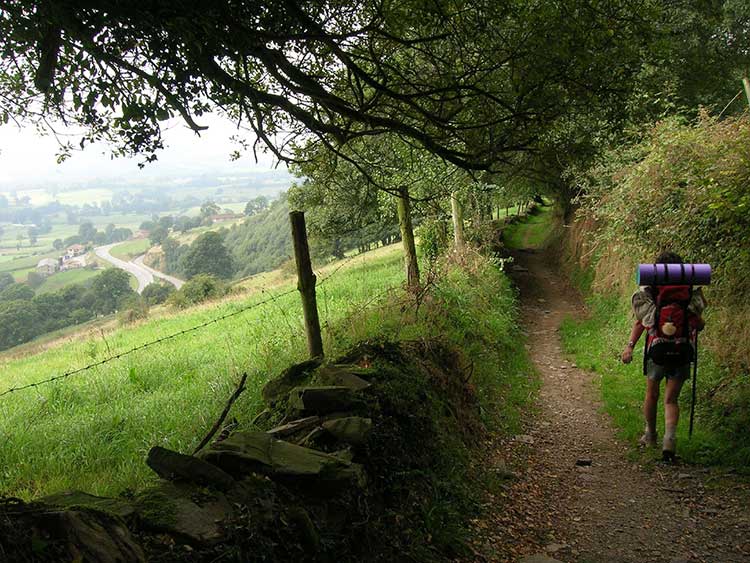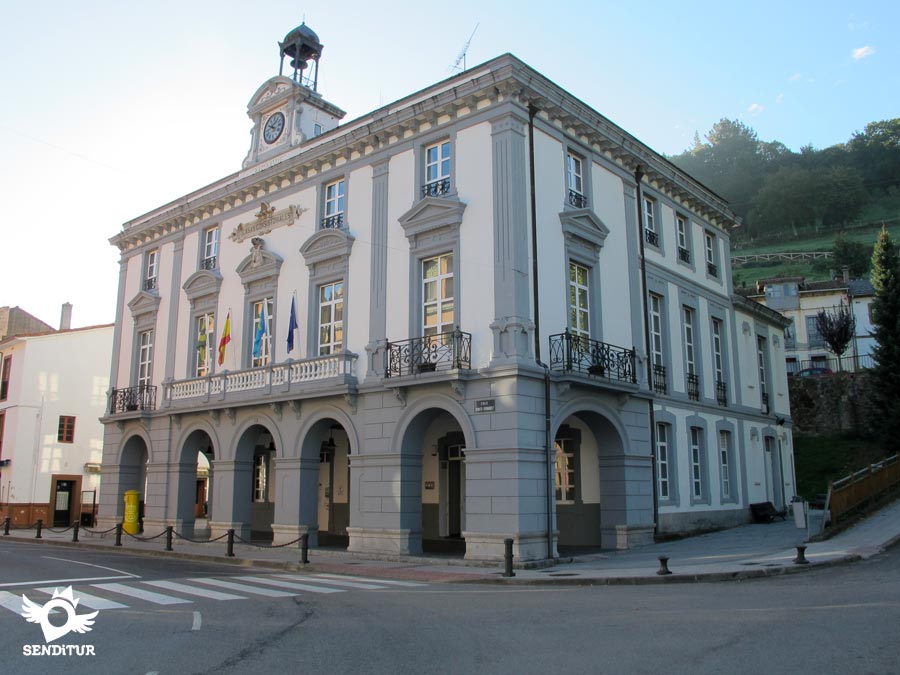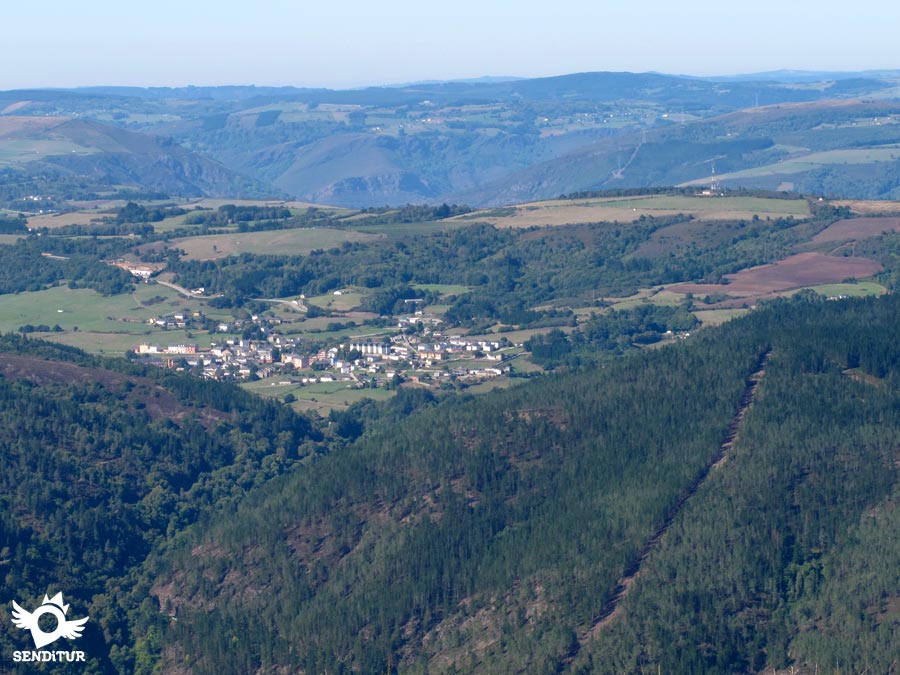The Primitive Way is a perfect alternative for those who want to do the original Way of Saint James, for those who are looking for a little more difficulty on the route, and for those who want to enjoy the greenest and most natural landscapes at every step.
If you choose this variant, you will also pass through villages where time seems to have stood still. Today we will show you some of them.
The Primitive Way was the first of all the routes that were established to reach the Cathedral of Santiago, so if you want to do the original Way of Saint James, with this you already have a reason to opt for this option.
He was the King Alfonso II the Chaste the first pilgrim who inaugurated this route, and he was followed by Christians from all over Europe in the following centuries, until in the Middle Ages the French Way became more popular..
Another reason why it is worth doing the Primitive Way is because of the landscapes that await you on your way. If there is a Way that runs in the middle of nature, it is the Primitive Way. Between each stage you will pass through forests, meadows and hillsides, often with the only company of the livestock that graze in these areas.
In addition to these bucolic surroundings, you can also visit some villages and towns worthy of mention, where you will find architectural elements that are well worth a visit, and the best gastronomy typical of the north of the peninsula.
Let's take a look at some of these outstanding places on the Primitive Way.

Oviedo is the starting point of the Primitive Way and the location of the court of Alfonso II the Chaste, considered the first pilgrim. From this city he set out on his route to Santiago de Compostela in order to venerate the remains of the Apostle Saint James.
If you can take a tour of Oviedo before starting your walk, you will find unique examples of architecture, such as the pre-Romanesque churches of San Julián de los Prados and San Miguel de Lillo, as well as of course its Gothic cathedral, San Salvador, declared a World Heritage Site and famous for the numerous relics it houses inside.
Don't forget to have a cider in one of the many places you'll find, and try a good cachopo to start the Way with enthusiasm. For dessert, some of the wonders you'll find in its famous confectioneries, such as moscovitas or carbayones.

In this Asturian town is where you will find one of the hardest stages of the Primitive Way: the climb to the Palos port, which is more than a thousand metres high. If there are leg-breaking stages on the Way, this is undoubtedly one of them, since up to this climb the terrain is quite a few slopes.
But of course, the effort will be rewarded. From this height you will get incredible views of the Nisón river valley, in an incomparable natural environment. From here on, the Way will be much more bearable until the end of the stage, so that you can finally rest at the end of the day in one of the charming hostels in the area.

Grandas de Salime is the last Asturian village on the Way of Saint James before entering the Galician community.
The stage that runs through this town borders the Navia river reservoir. The most outstanding feature of this area is the natural environment that surrounds it. If you walk through the natural area of El Coto you will have unique views of the town.
There are also archaeological remains to visit, such as the Chao Samartín hill fort. And of course, the best Asturian gastronomy awaits you to help you regain your strength.

The oldest Galician city, whose origins date back to the Roman Empire, has much to offer as we pass through. Starting with the Roman bridge and its famous wall, whose origins date back to the 3rd century.
Inside this wall, which surrounds the entire historic quarter for about two kilometres, you'll find Lugo Cathedral, dating from the 12th century. And very close to it, at your disposal, are the city's most typical bars and restaurants, where you can enjoy a good ribeiro or albariño, while you sample the free tapas served with your drink.
At the end of your route, Santiago de Compostela awaits you, of course, to put the finishing touch to this tour and serve as a rest while you contemplate the beauty of its historic centre. Enjoy it: you've more than earned it.

We would be grateful if you could write to us to inform us of any erroneous or outdated information you have found, or simply to let us know what you think at Thank you very much.